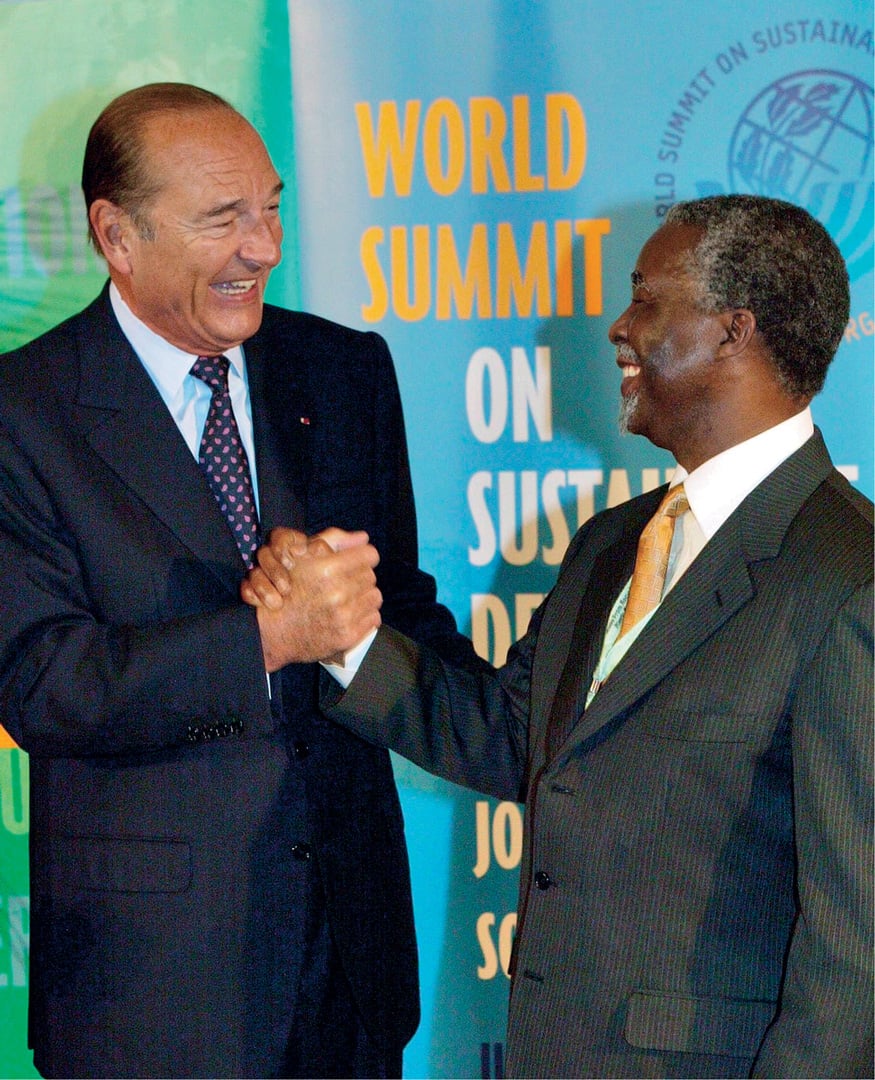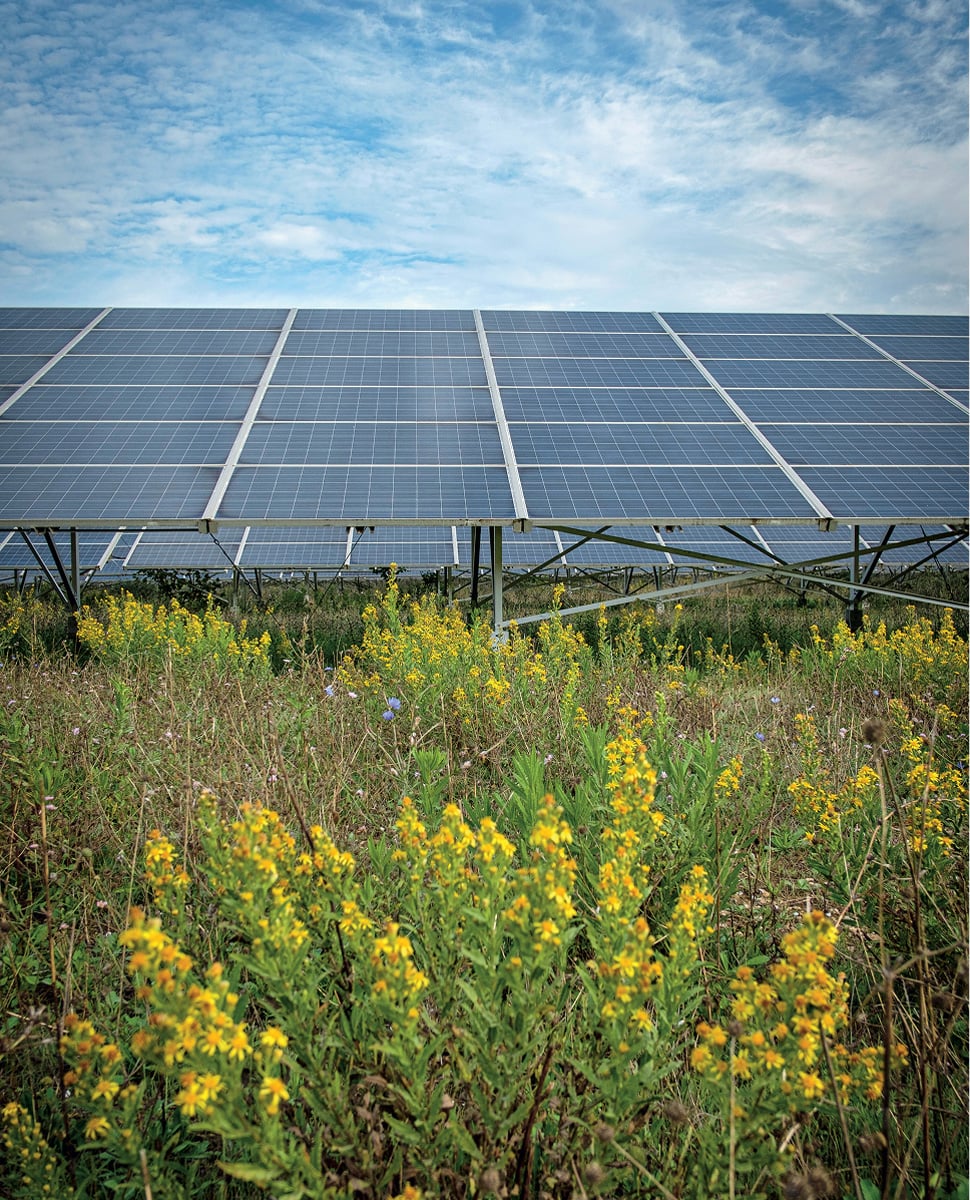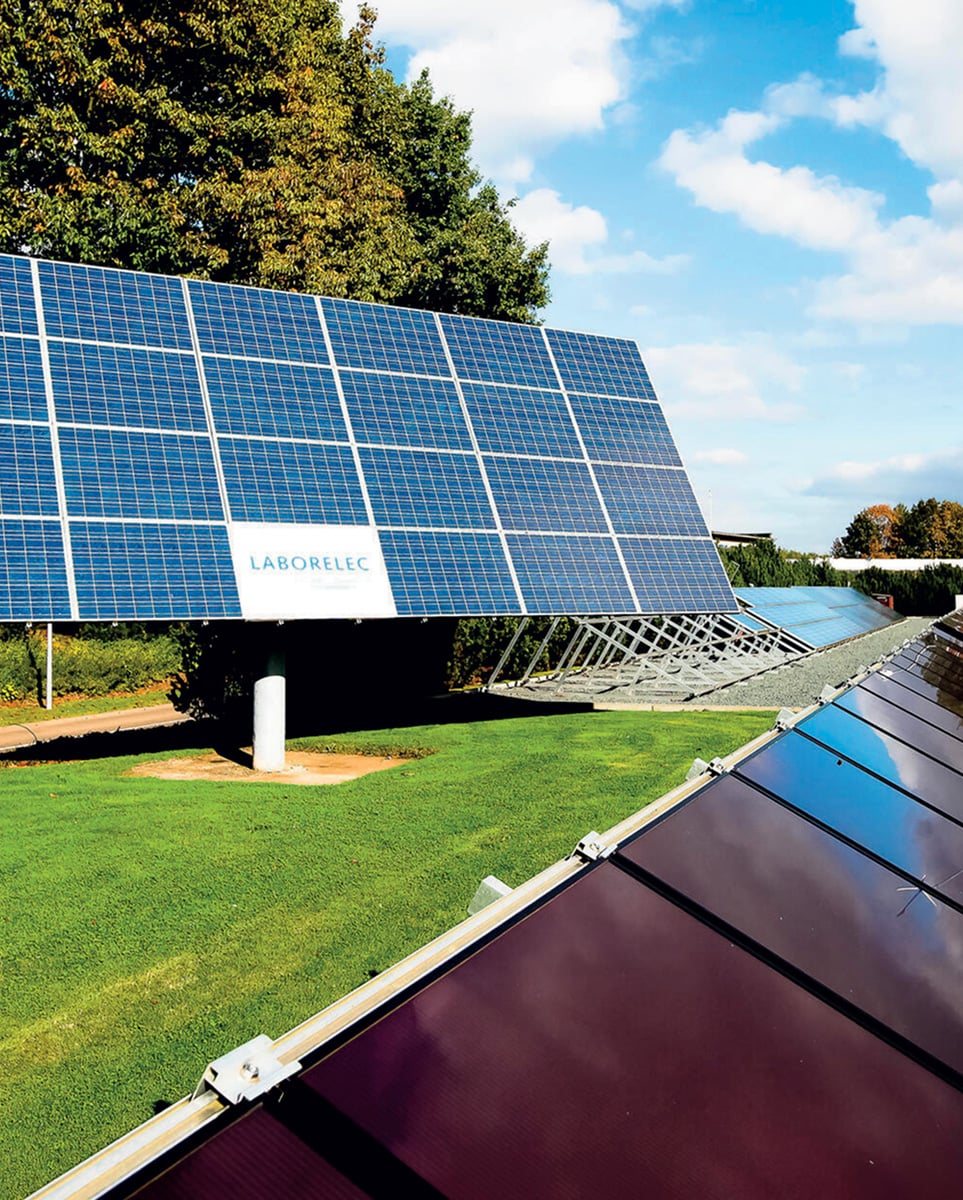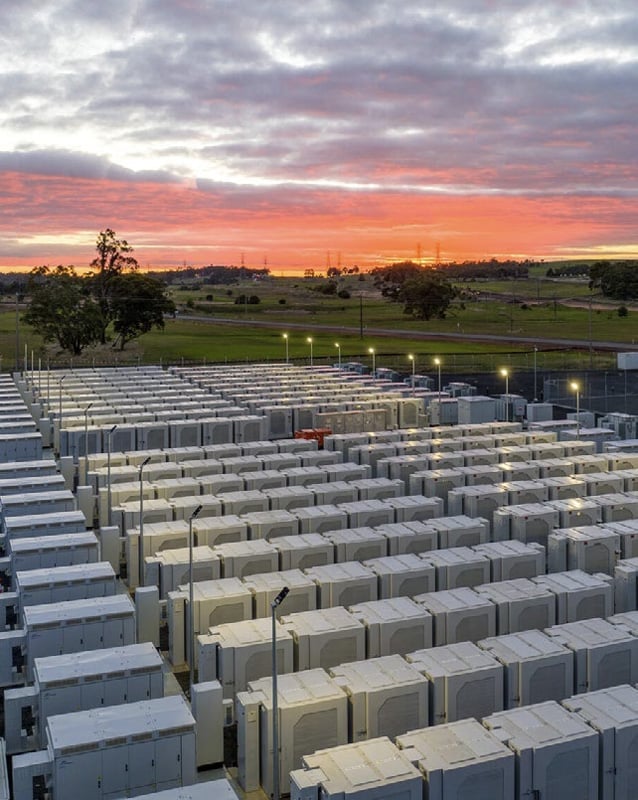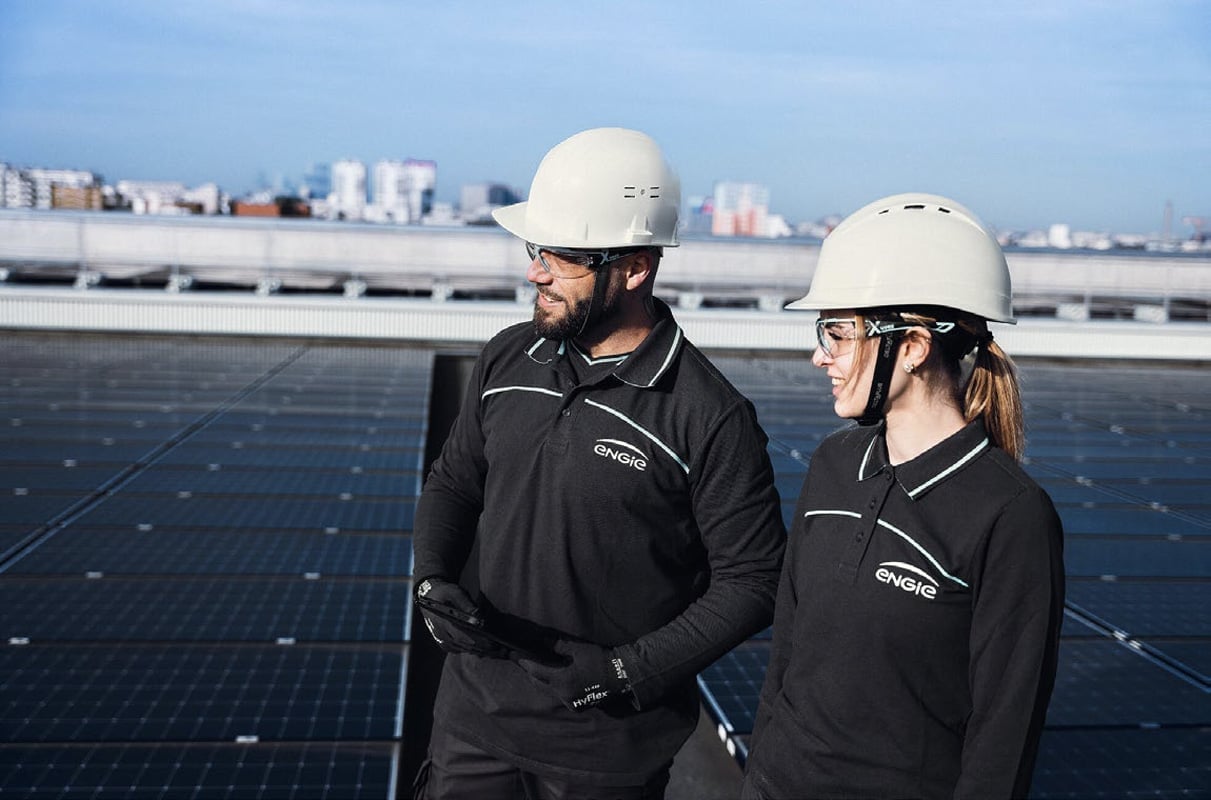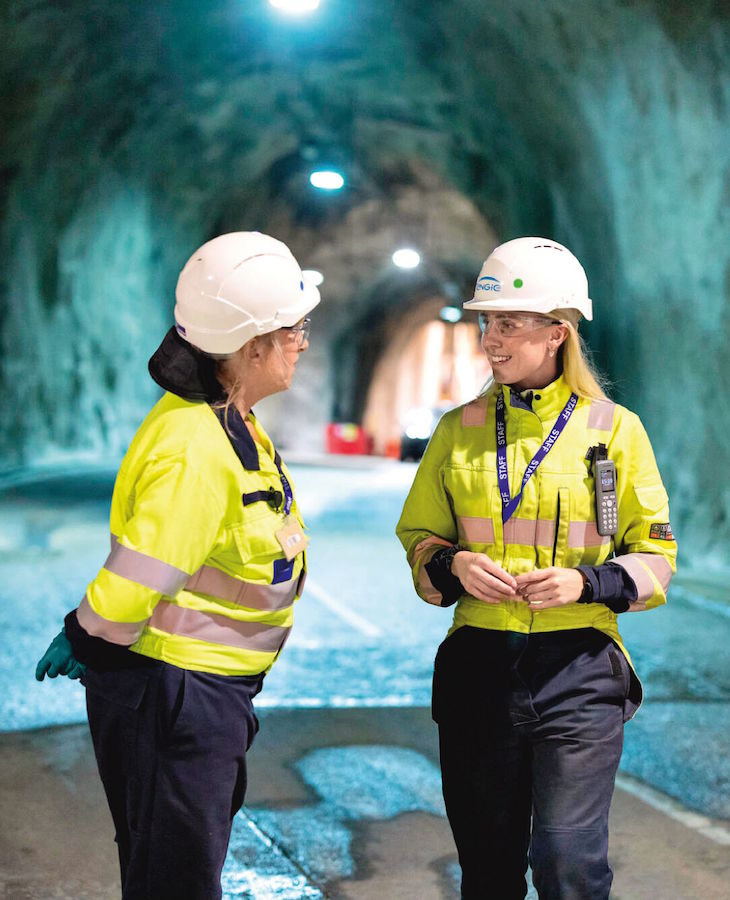The beginning
Our brand may only be 10 years old, but our roots go back over 100 years. We have inherited a powerful blend of multi-faceted origins and deep roots that help us to understand the world today and look towards the future.
Back to our roots
ENGIE, before it becomes ENGIE, builds a rich, diverse history drawing from a varied background. This heritage continues to guide us today.
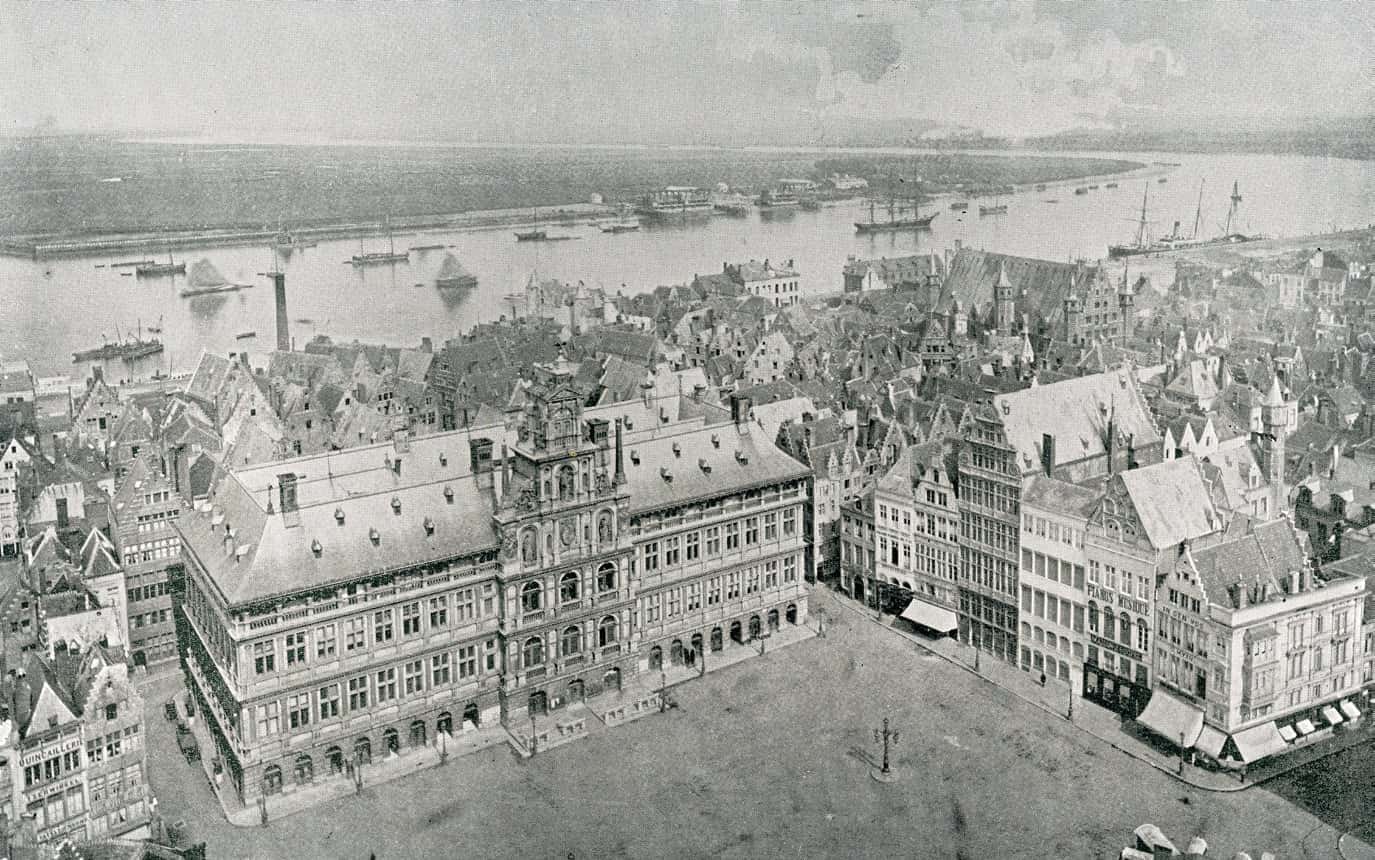
Up North
Our story begins in Belgium back in the 19th century, with the first electricity concessions. From Meeûs & Cie to Tractebel, and then Electrabel, we hone our expertise over a number of major industrial and international transformations.

The Egyptian dream
In 1858, in Alexandria, Egypt, Ferdinand de Lesseps founds the Compagnie Universelle du Canal maritime de Suez, with support from Said Pasha, opening a new connection in the Middle East. The name Suez is retained as a souvenir from our adventures in Egypt, and stays with us for many, many years.
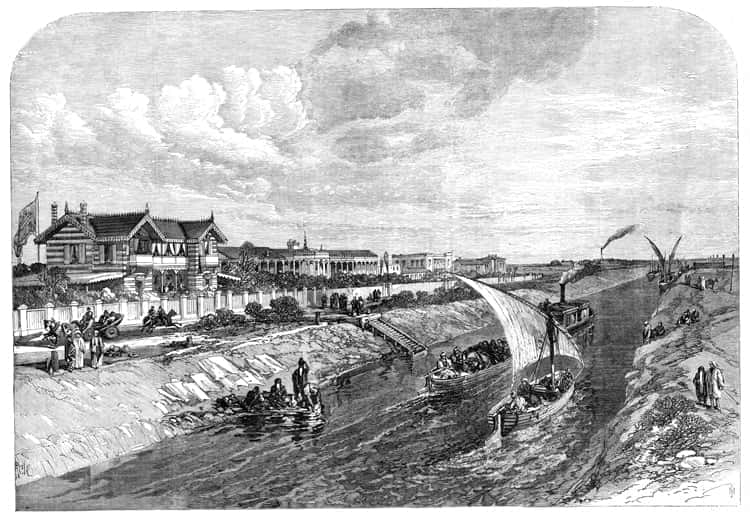
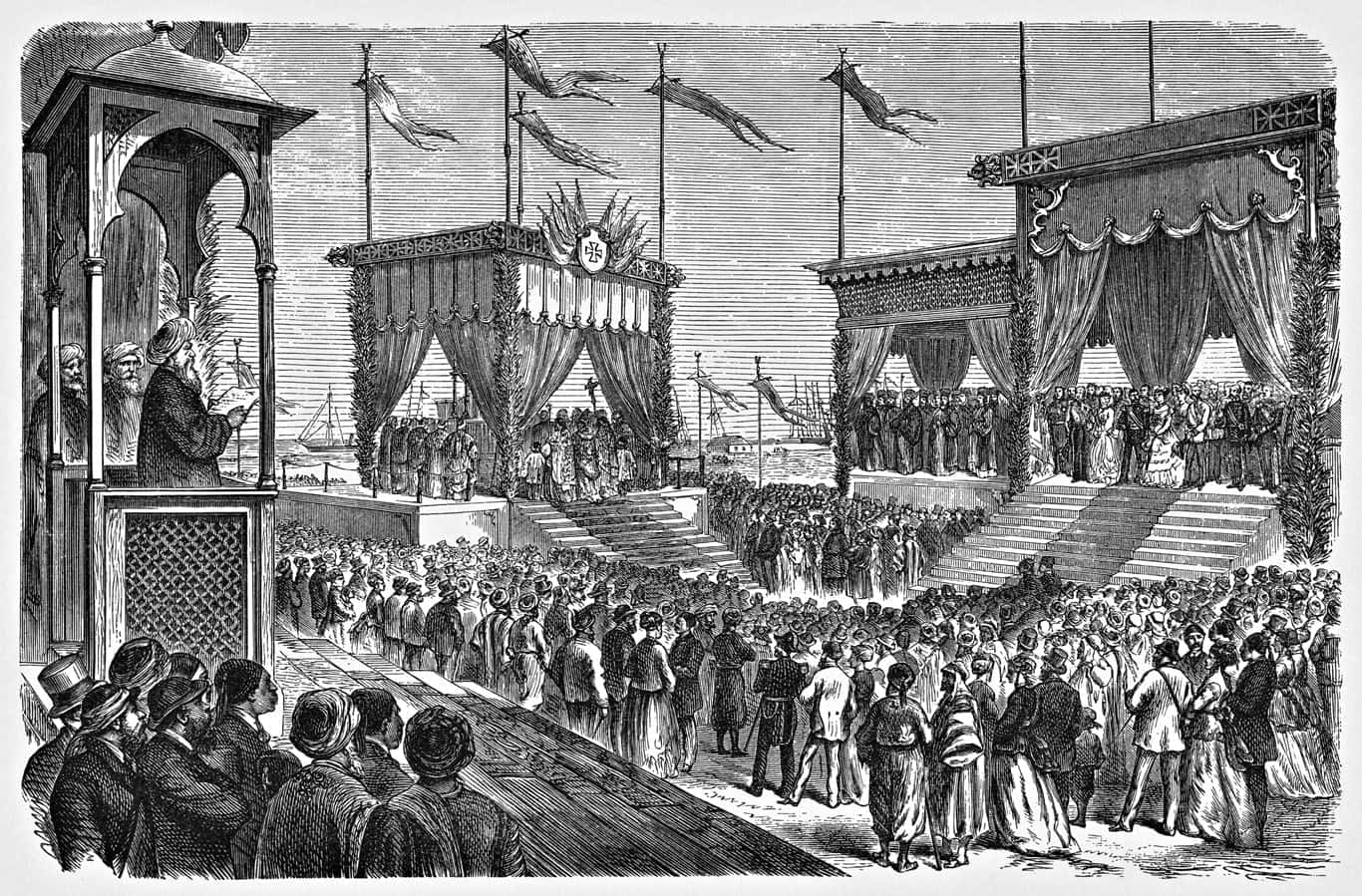
The lights
of Paris
1880, Paris becomes the City of Lights. The Société Lyonnaise des Eaux emerges as one of the main providers of energy in the Roaring Twenties, facilitating the expansion of electricity and helping to make public lighting more widespread. In 1997, the Société merges with Suez, marking the start of a new chapter that leads to the birth of GDF Suez in 2008.
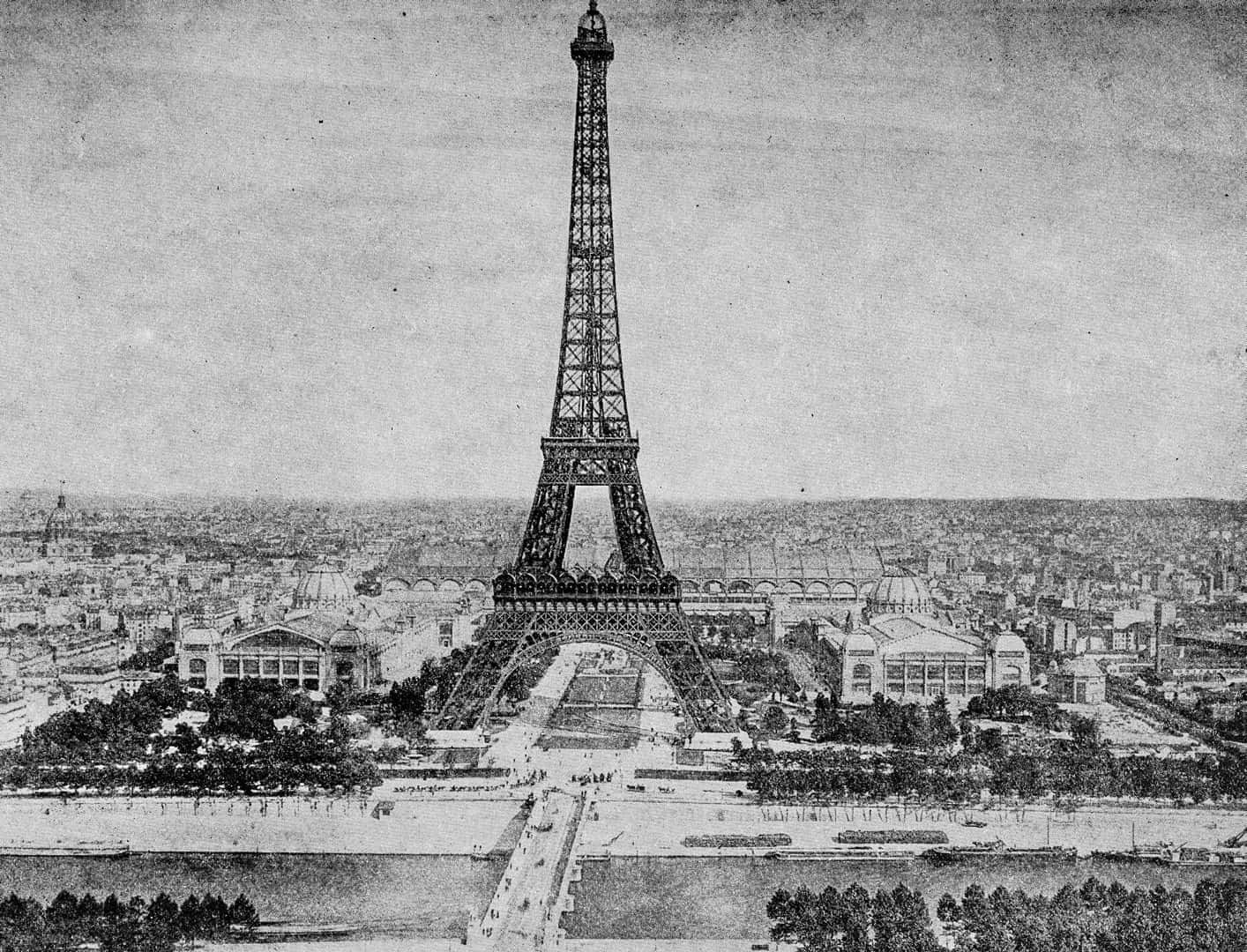
Energy, a public service
Using gas to rebuild and live better
In 1946, to support the efforts to rebuild the country and provide a secure source of energy in sufficient quantity, the French State sets up Gaz de France (GDF).
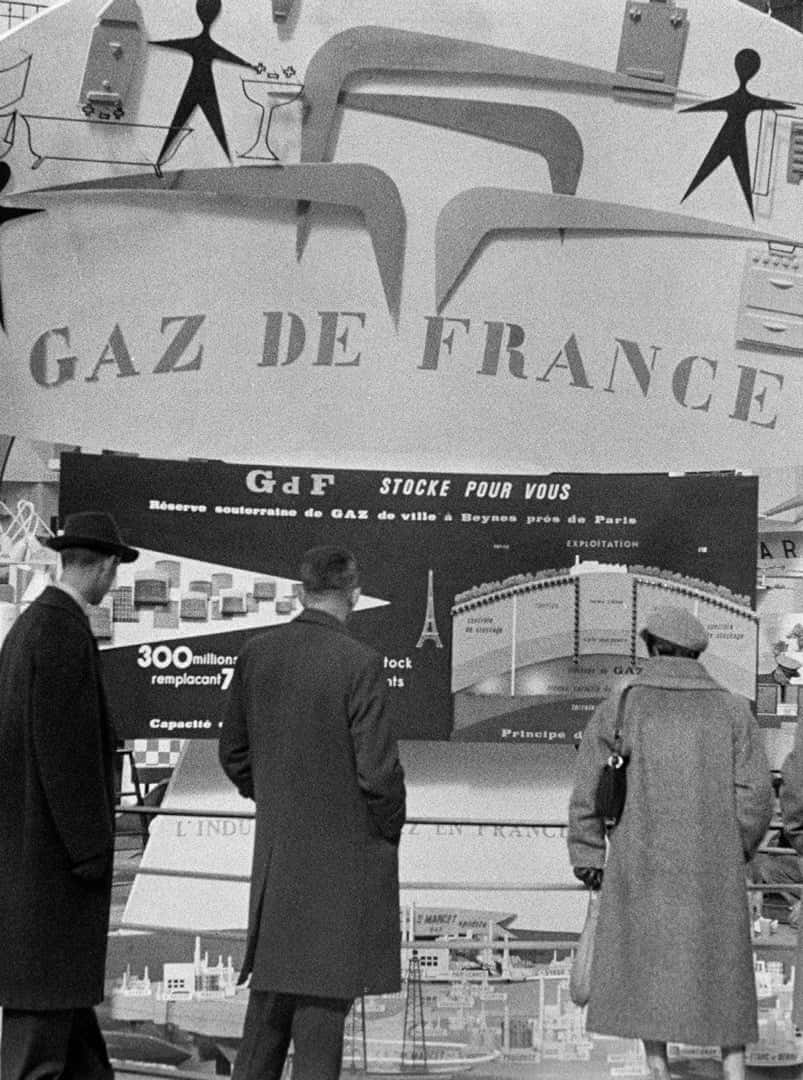
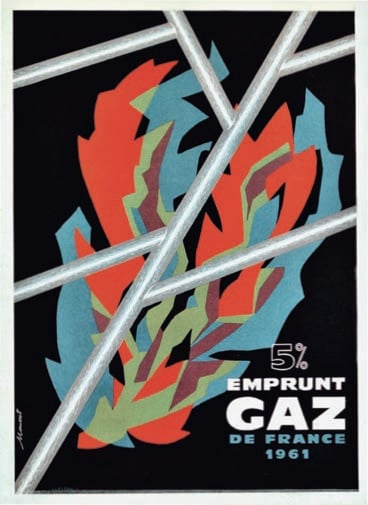
Throughout the 1950s, the company focuses on developing natural gas, which replaces town gas. At the heart of the renewed network, GDF forges a position for itself as a key energy supplier in France.
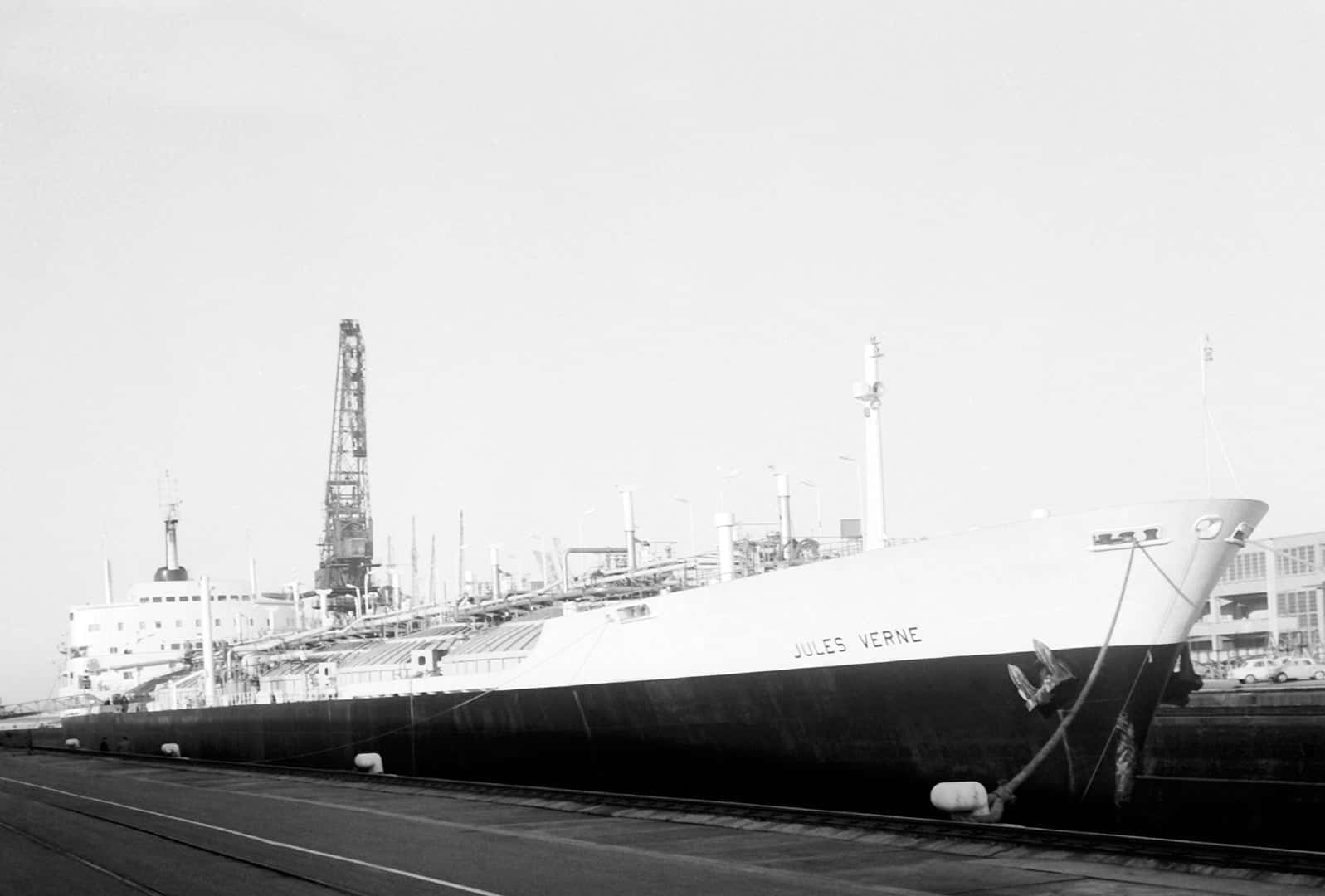
Reinventing the world of gas
In response to the challenges arising from the energy crisis in the 1970s, GDF transforms itself, signing new contracts, developing storage and helping market gas around the world via Liquified Natural Gas (LNG). In the early 2000s, the European Union opens the energy market and imposes the separation of operations – Gaz Réseau Distribution France (GRDF) is tasked with distribution, while Gaz Réseau Transport (GRTgaz), which becomes Natran in 2025, is responsible for delivery, alongside Storengy (2005) and Elengy (2008).
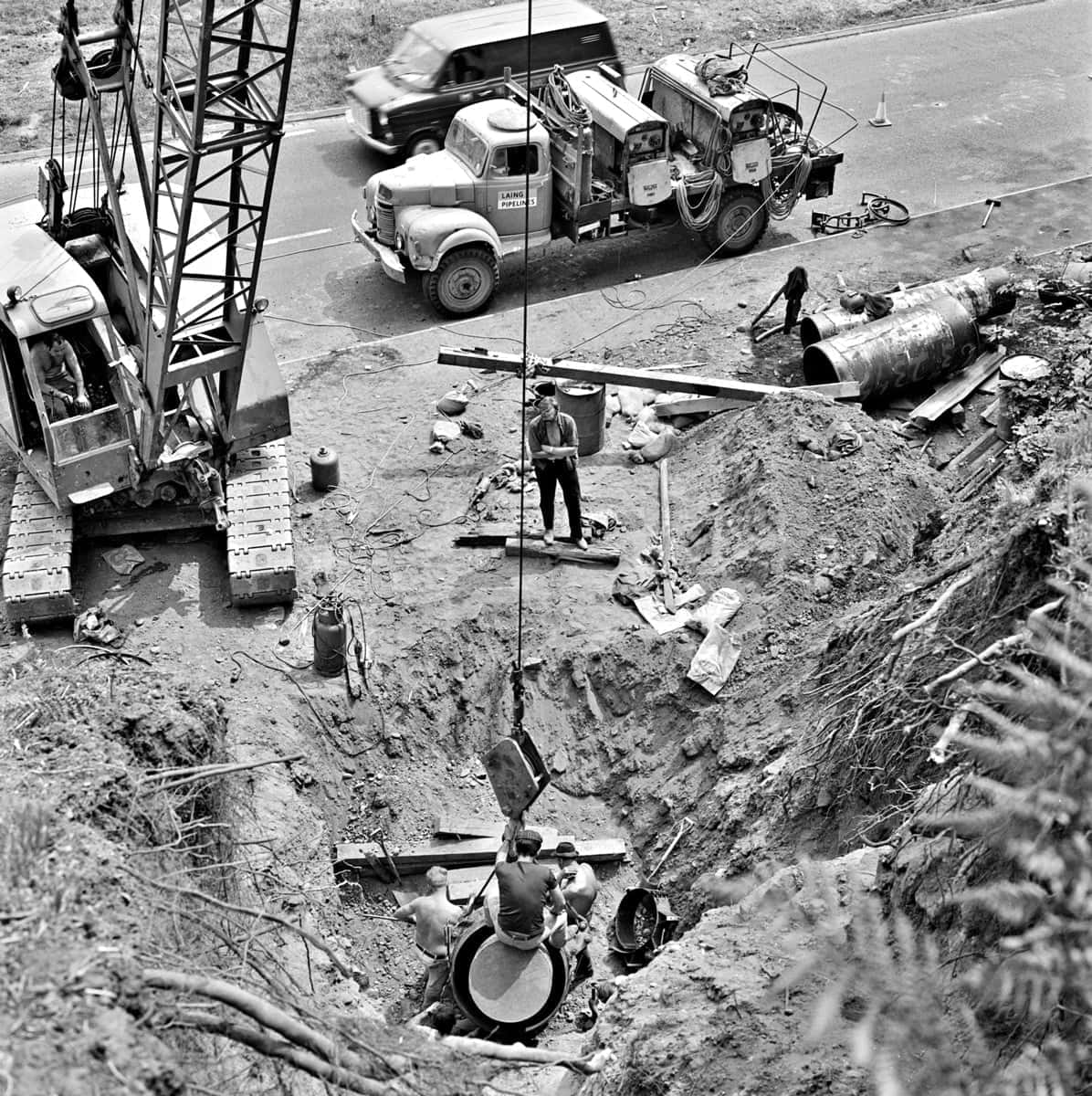
In the meantime, the Compagnie Financière de Suez turns into an industrial group fully focused on energy, especially since the acquisition of Electrabel in 2000.
In 2008, GDF and Suez join forces, creating GDF Suez, which ultimately becomes ENGIE.
The proposed merger between Gaz de France and SUEZ was driven by a shared ambition to build a leading European player in the energy and environmental sectors.
JEAN-FRANÇOIS CIRELLI, Vice-Chairman and Deputy CEO
A global energy leader
Out to conquer the world
The merger between GDF and Suez in 2008 makes our Group a major player in the global market. Upstream, GDF Suez explores and operates natural gas deposits in Europe. Downstream, it develops services for retail customers, local authorities and industries under the brands Dolce Vita and Énergies Communes. Before becoming ENGIE, GDF Suez is already the leading supplier of gas in France and the largest gas infrastructure operator in Europe.
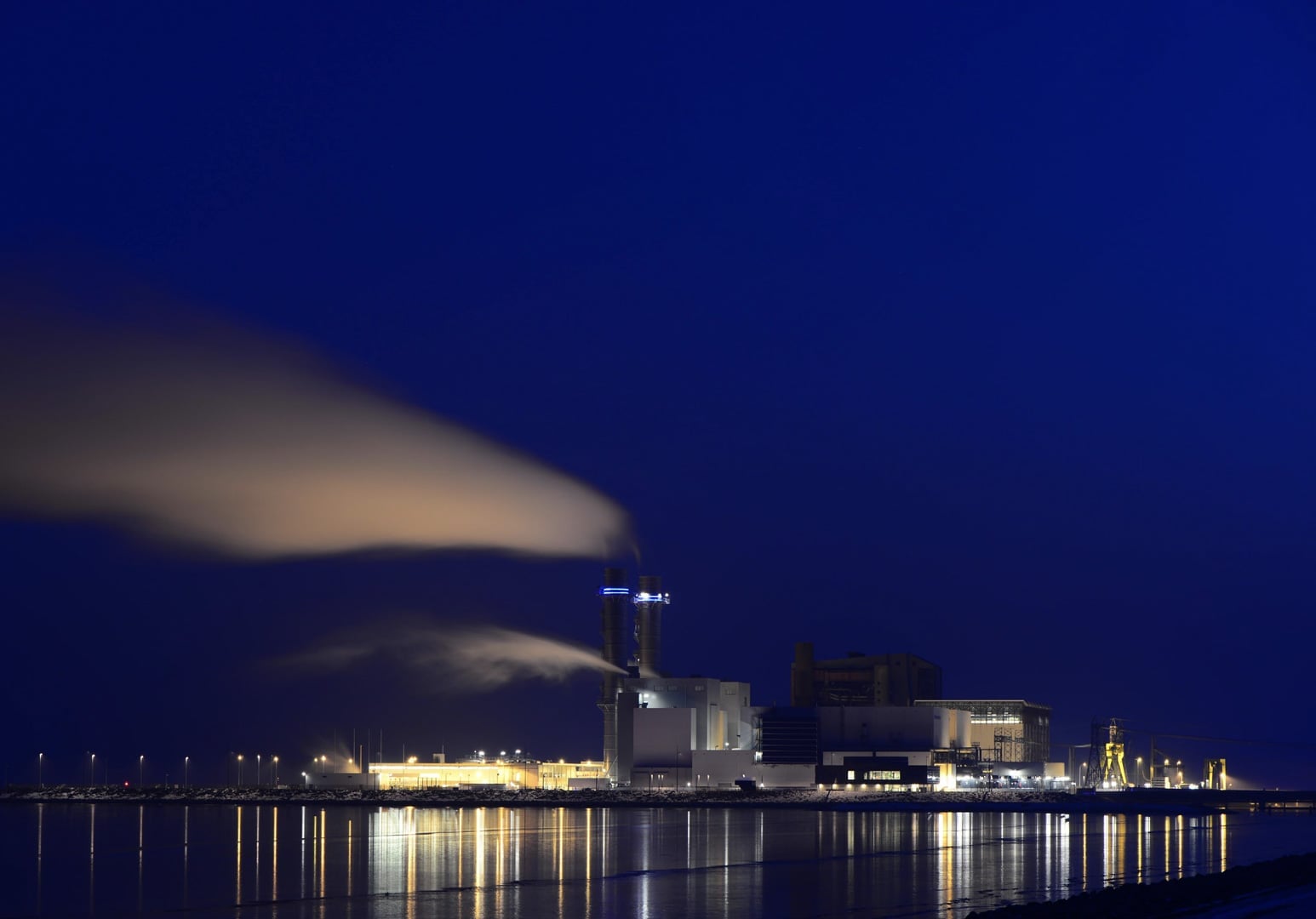
It also extended its operations into electricity generation and supply, harnessing the expertise and reach of Electrabel.
Focus on the future
Our Group began developing services, staying true to the legacy of the SLEE and Suez. It integrates engineering, construction, maintenance, heating and cooling networks, as well as environmental services in order to respond to the needs and imperatives intrinsically related to energy. One year later, with the acquisition of the British electricity generation company International Power, the Group propells itself to become the world’s leading independent producer.
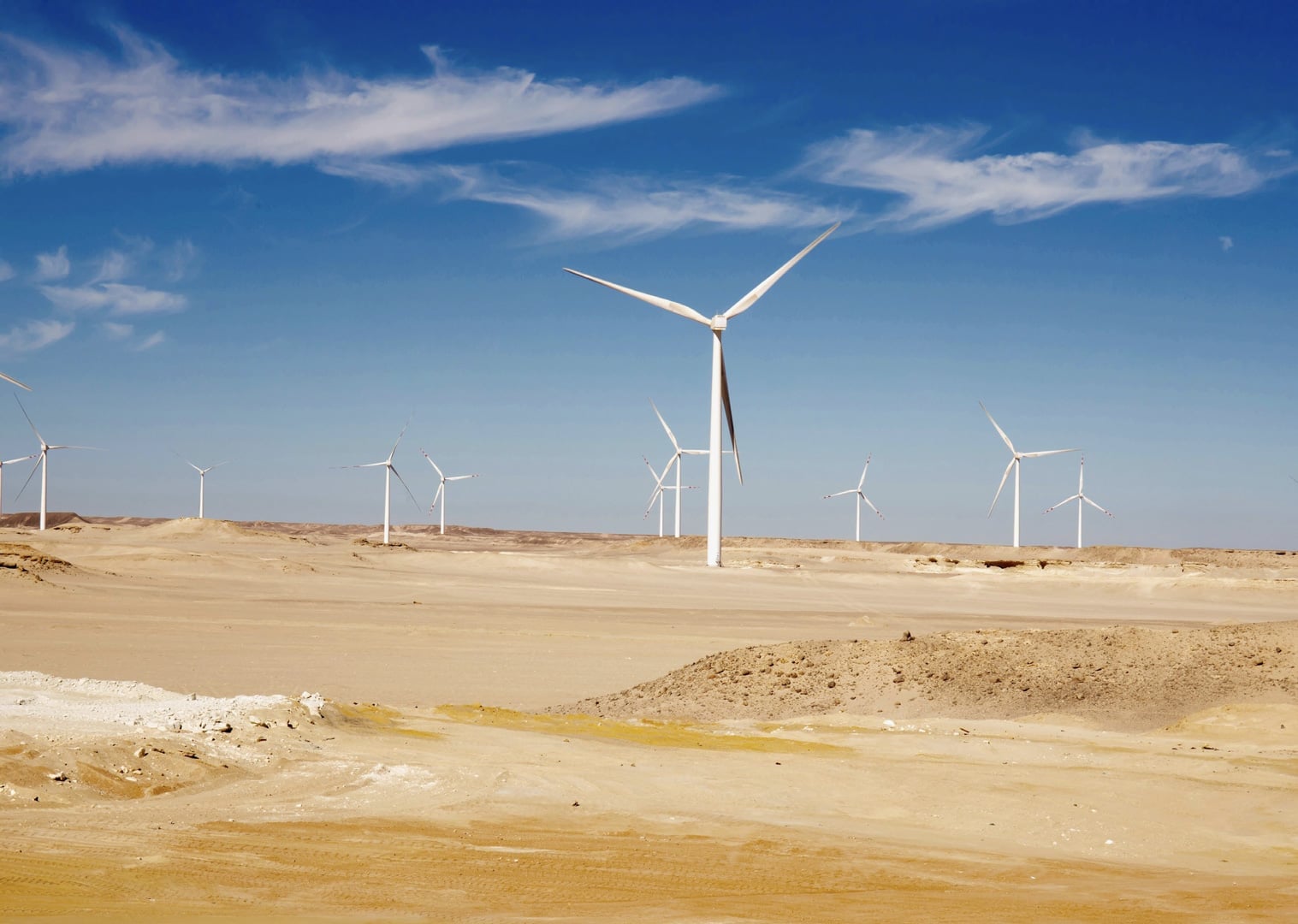
GDF Suez lays the foundations for the future and begins investing in renewable energy, even before the birth of ENGIE.
We are already well on the way to bringing about our transformation.
ENGIE, before it became ENGIE, was built on over 150 years’ experience
We have successfully reinvented ourselves while remaining true to our primary focus “to be useful to people”, useful to society as a whole.
A new century begins. The trajectory is set.
We are ready to rise to the enormous challenge: reinvent energy models to help build a sustainable future.
The year is now 2015.



